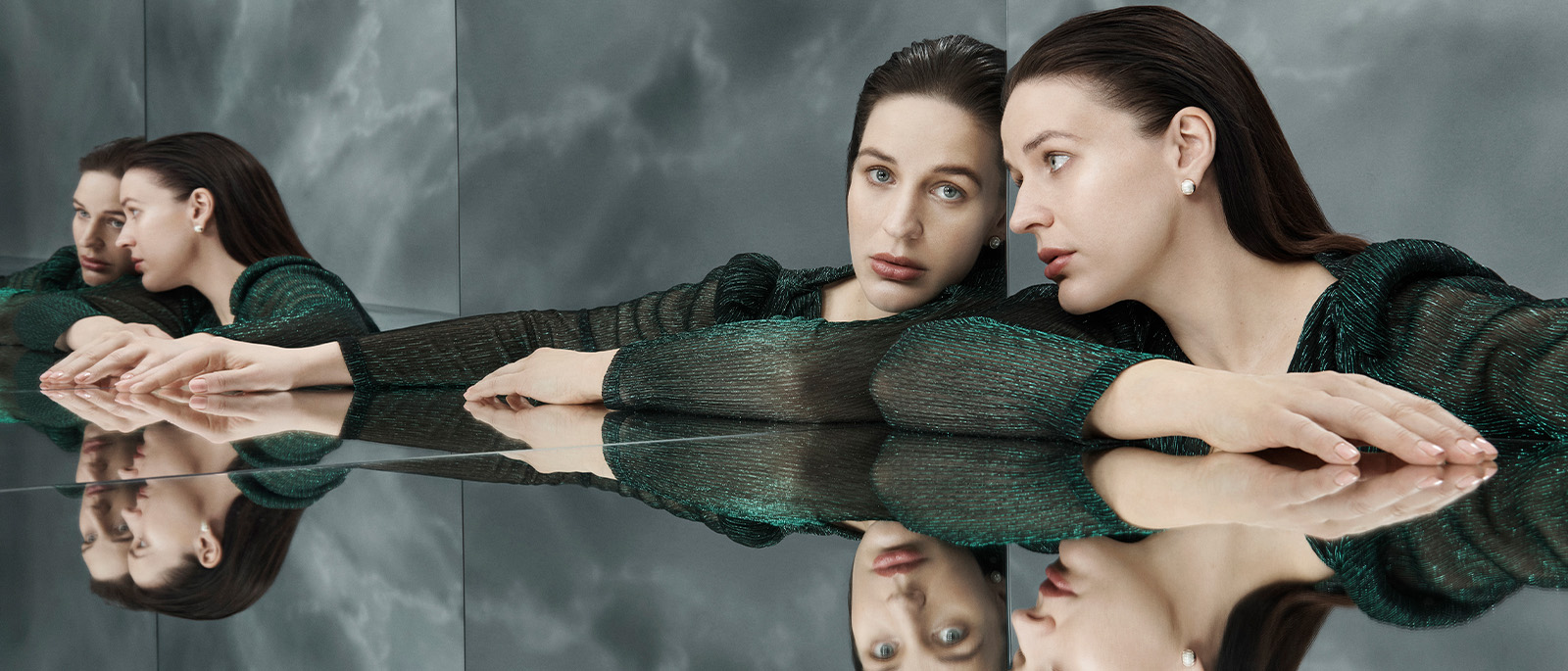
Richard Wagner
Tristan und Isolde
Single tickets will go on sale to the general public in June 2025.
Patrons and Subscribers are eligible to purchase single tickets now. Please login to continue.
Overview
After years of anticipation, a truly unmissable event arrives as the electrifying Lise Davidsen tackles one of the ultimate roles for dramatic soprano: the Irish princess Isolde in Wagner’s transcendent meditation on love and death. Heroic tenor Michael Spyres stars opposite Davidsen as the love-drunk Tristan. The momentous occasion also marks the advent of a new, Met-debut staging by Yuval Sharon—hailed by The New York Times as “the most visionary opera director of his generation” and the first American to direct an opera at the famed Wagner festival in Bayreuth—as well as Music Director Yannick Nézet-Séguin’s first time leading Tristan und Isolde at the Met. Mezzo-soprano Ekaterina Gubanova reprises her signature portrayal of Brangäne, alongside bass-baritone Tomasz Konieczny, who sings Kurwenal after celebrated Met appearances in Wagner’s Der Fliegende Holländer and Ring cycle. Bass-baritone Ryan Speedo Green makes an important role debut as King Marke.
The Met gratefully acknowledges the support of William N. Buffett and Susan E. Kennedy and the Gramma Fisher Foundation, Marshalltown, Iowa
Additional support from the Hermione Foundation, Laura Sloate, Trustee and Dr. Jack A. Roth and Dr. Elizabeth A. Grimm
Languages
Languages sung in Tristan und Isolde
Sung In
German
Titles
Title languages displayed for Tristan und Isolde
Met Titles In
- English
- German
- Spanish
Timeline
Timeline for the show, Tristan und Isolde
Estimated Run Time
4 hrs 50 mins
-
House Opens
-
Act I
85 mins
-
Intermission
30 mins
-
Act II
65 mins
-
Intermission
30 mins
-
Act III
80 mins
-
Opera Ends
Cast
Select a date from the dropdown to filter cast by date of performance
Creators
Richard Wagner (1813–83) was the controversial creator of music-drama masterpieces that stand at the center of today’s operatic repertory. An artistic revolutionary who reimagined every supposition about theater, Wagner insisted that words and music were equals in his works. This approach led to the idea of the Gesamtkunstwerk, or “total work of art,” combining music, poetry, architecture, painting, and other disciplines, a notion that has had an impact on creative fields far beyond opera.

Production
Yuval Sharon
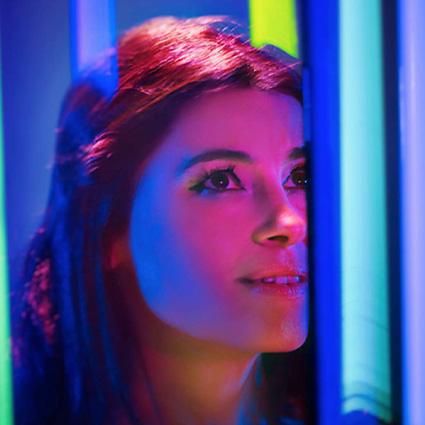
Set Designer
Es Devlin
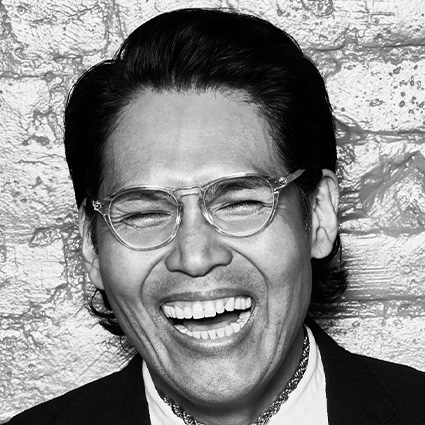
Costume Designer
Clint Ramos
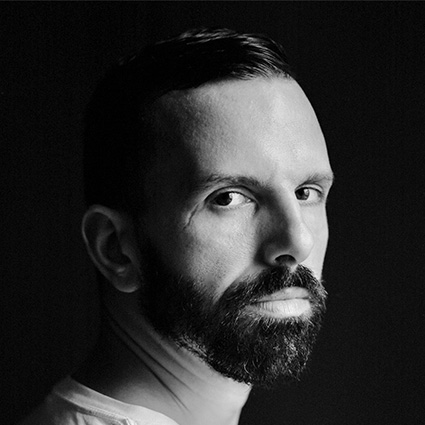
Lighting Designer
John Torres
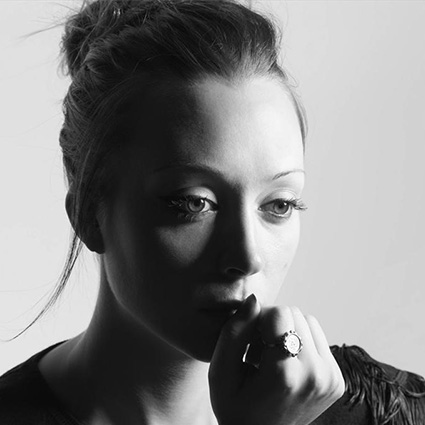
Projection Designer
Ruth Hogben
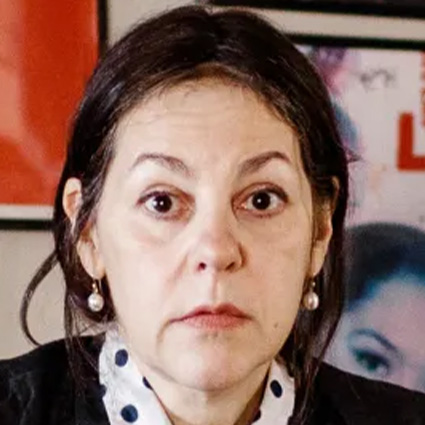
Choreographer
Annie-B Parson

Composer
Richard Wagner
Music
Volumes have been written about the influential score of Tristan und Isolde. The music is built on the idea of a great yearning, irresistible and self-perpetuating, that cannot be fulfilled in this life. The prelude sweeps the listener into an ecstatic yet tortuous world of longing, and the vocal parts are of unique stature. The opera culminates in Isolde’s famous final aria, “Mild und leise,” with a final octave leap that concludes this unique musical-dramatic journey.
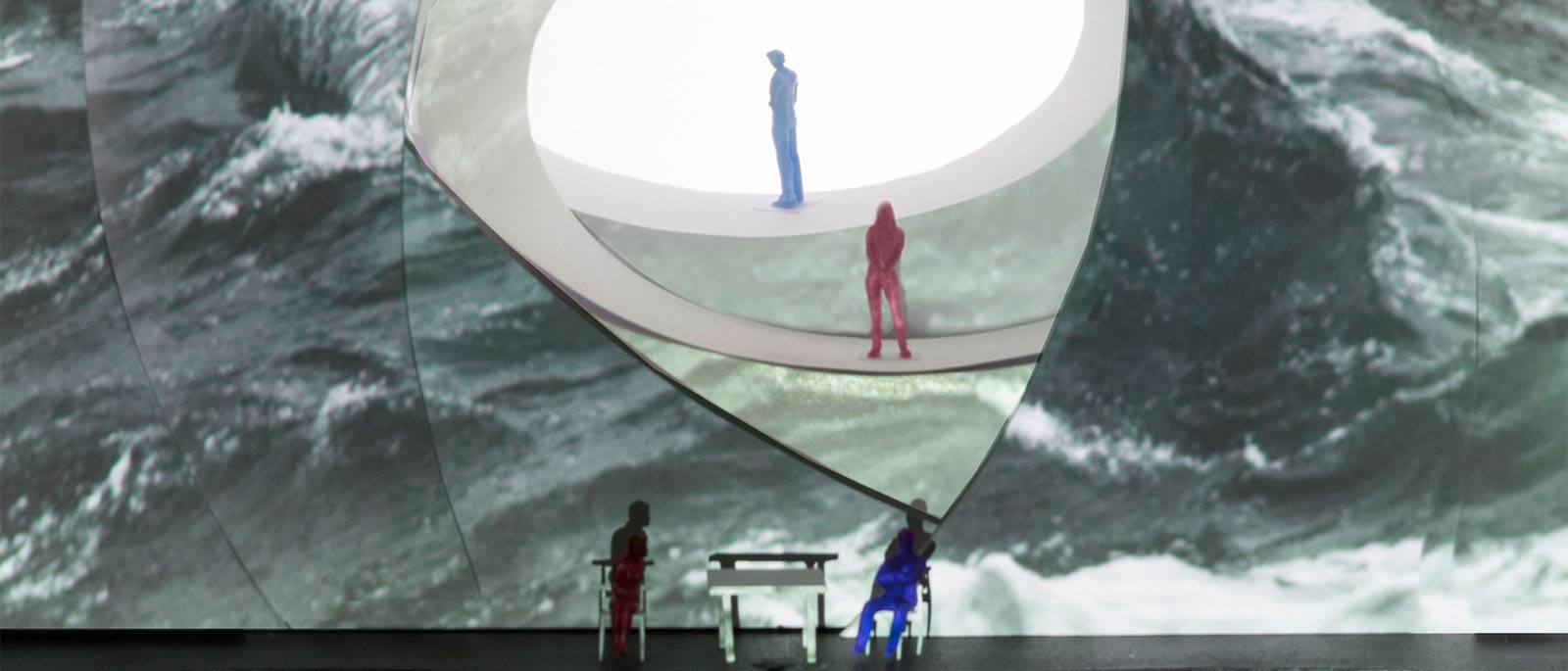
Share This Page
Social Share
Copied